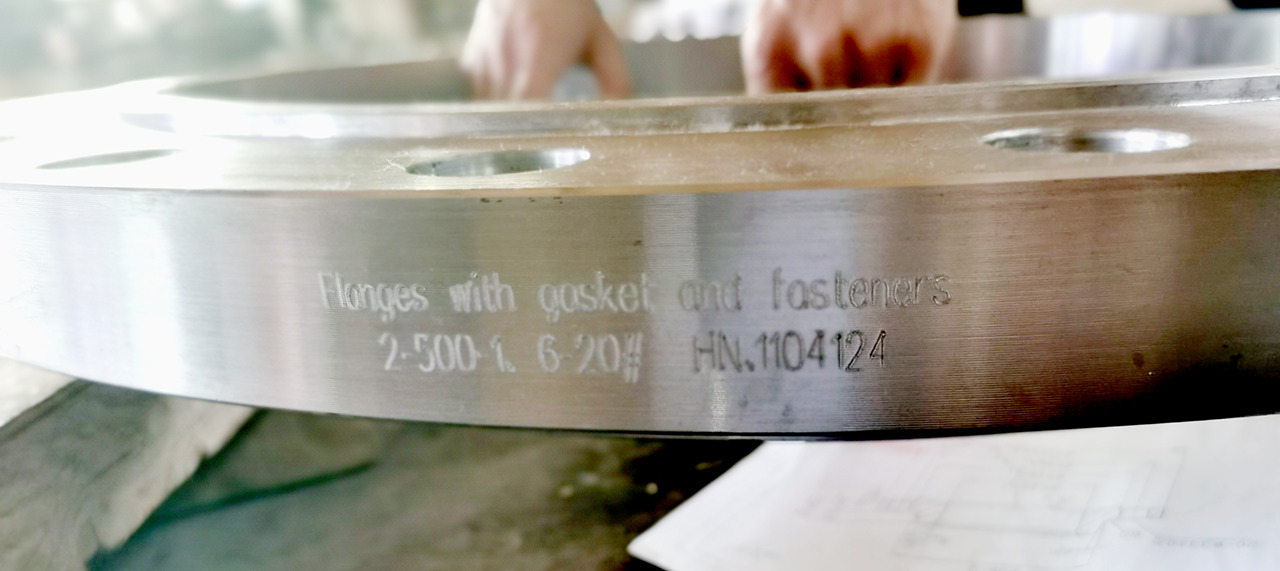Share this
Flange testing typically refers to the process of inspecting the tightness, sealing, and pressure resistance performance of flange connections. Flanges are a common type of pipe connection used to join different components, equipment, or pipelines to enable the flow of fluids or gases between them.
Flange testing generally covers the following aspects:
1. Tightness Testing: This includes ensuring that flange bolts, nuts, or bolt fastening systems are properly tightened to ensure a secure and safe connection. Tightness testing helps prevent leaks, loosening, or detachment during use.
2. Sealing Testing: This is the crucial test to ensure that flange connections do not leak when subjected to internal or external pressure. Sealing testing can be conducted using various methods such as applying sealant, conducting inflation tests, or water pressure tests.
3. Pressure Resistance Testing: This involves subjecting the flange connection to additional pressure tests to ensure it can operate normally under the designed working pressure without rupture, deformation, or leakage.
4. Material Inspection: This entails checking the material of the flange to ensure it meets relevant standards and requirements. The quality and strength of the material directly impact the performance of the flange connection.
5. Visual Inspection: A visual examination of the flange connection is conducted to ensure there are no visible defects, cracks, or poor manufacturing.
In summary, the purpose of flange testing is to ensure that flange connections can operate safely and reliably during use, preventing leaks, failures, or accidents. The specific content and methods of testing may vary based on the application field, flange type, and relevant standards.

